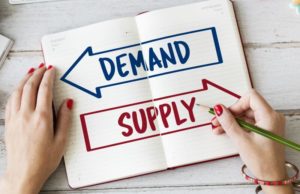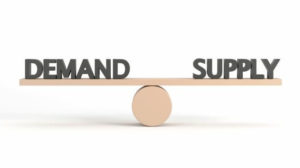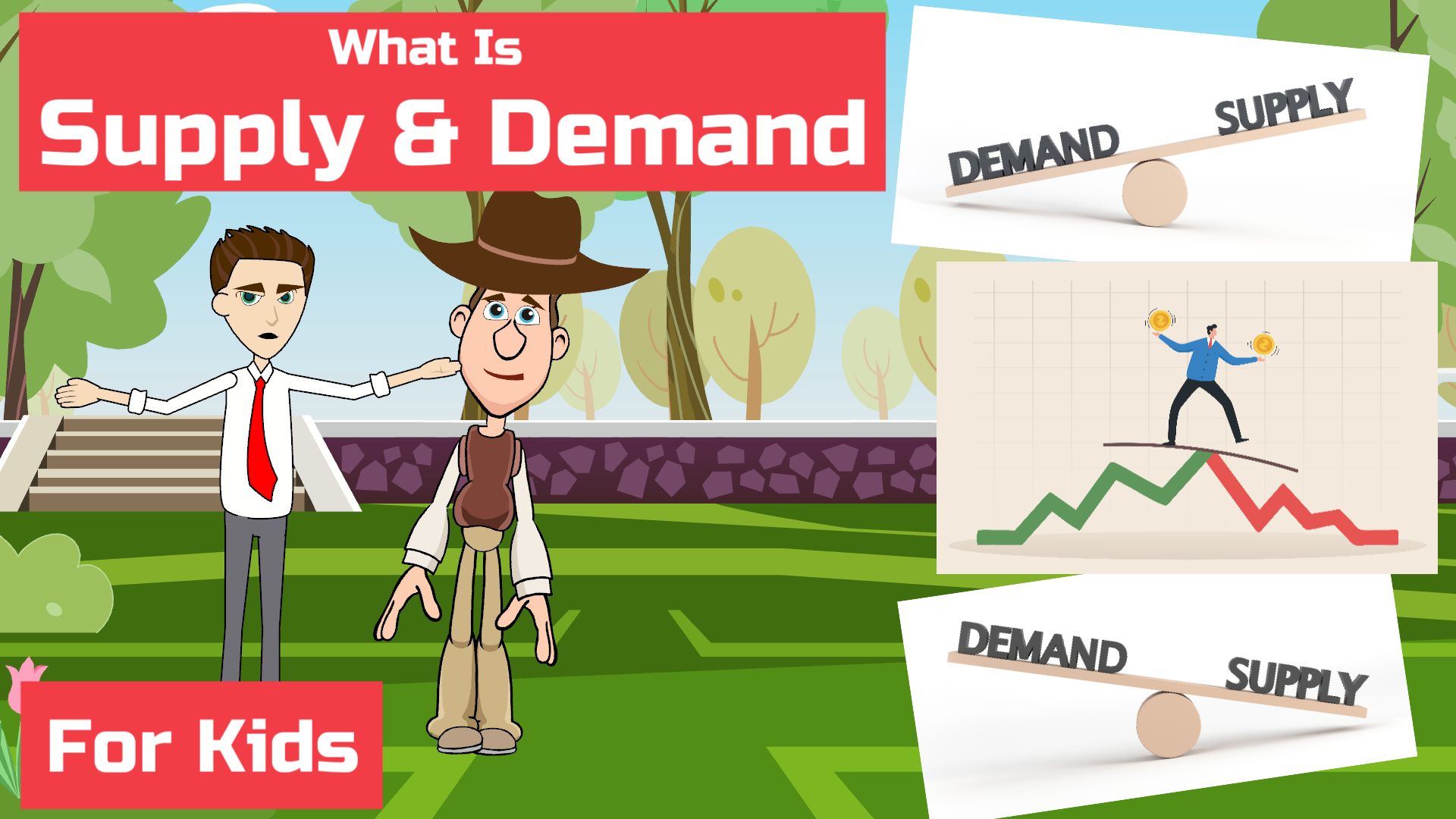Introduction to Supply and Demand for Kids and Teens
This video explains the concept of supply and demand in a simple, concise way for kids and beginners. It could be used by kids & teens to learn about supply and demand, or used as a money & personal finance resource by parents and teachers as part of a Financial Literacy course or K-12 curriculum.

Suitable for students from grade levels:
- Kindergarten
- Elementary School
- Middle School
- High School
The topics covered are:
What is supply?
Supply is a key concept in economics describing how much of a product or service is available to consumers.

Using the example of a car, supply would refer to how many cars are available for sale at a given time.
If many units of a particular car are for sale, then its supply is high. If the car is rare and isn’t sold in large quantities, then the supply is low.
What is demand?
Demand is another key concept in economics describing the amount of a product or service that people are willing to buy. It’s the market’s demand for a product.
Using the same example as earlier, if many people want to buy a certain car, then its demand is high. But if only a few people want to buy that car, then its demand is low.
How are supply and demand related?
Supply and demand are the driving factors that decide prices in a free market economy. Depending on how much supply and demand there is for a certain product, the price will change.

Generally, if supply is more than demand, the price will go down and if demand is more than supply, the price will go up.
For example, the demand for roses increases on special occasions like Valentine’s Day or Mother’s Day, and the price of roses increases significantly at that time.
Similarly, after the holidays the demand for holiday decorations reduces drastically, so they are available at a deep discount.
Why are supply and demand important?
Whether you are an investor, entrepreneur or just a consumer, understanding supply and demand is important because they influence the price of everything – groceries, gas, toys, entertainment, travel, and more.
Low supply or high demand makes prices go up, and high supply or low demand makes prices go down.
Download Transcript: Ideal for Use by Teachers in their Lesson Plan to Teach Kids & Teens
Podcast: What is Supply and Demand
Fun, informative and concise episodes by a 10-year old, breaking down complex financial concepts in a way that kids and beginners can understand. Episodes cover personal finance topics like saving, investing, banking, credit cards, insurance, real estate, mortgage, retirement planning, 401k, stocks, bonds, income tax, and more, and are in the form of a conversation between a cowboy (a finance novice) and his friend, a stock broker. Making finance your friend, only at Easy Peasy Finance.
A little bit about me: I have been fascinated with the world of personal finance since I was 6! I love to read personal finance books, and keep myself updated on the latest by reading various personal finance magazines. My friends often ask me questions about finance because they find it complex and intimidating. That’s what inspired me to start my YouTube channel called Easy Peasy Finance when I was 8, and this podcast 2 years later.
Everything you need to know about two key economic terms supply and demand: What is supply, What is demand, How are supply and demand related, Why are supply and demand important, and more. Show notes and transcript at What is Supply and Demand? A Simple Explanation for Kids, Teens and Beginners Everything you need to …


